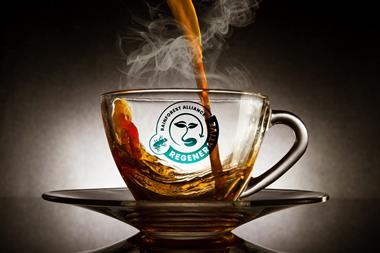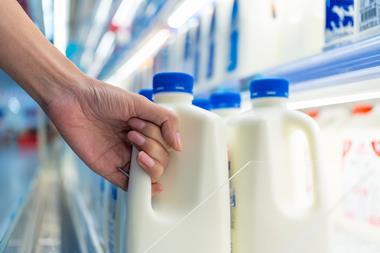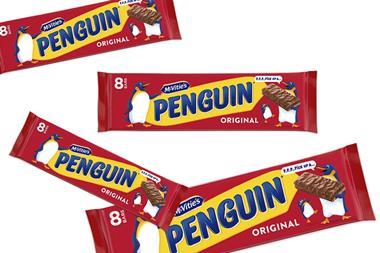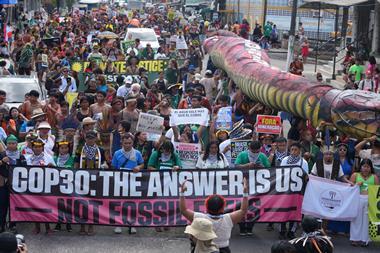The olive oil industry is “on its knees” as high production volumes are squeezing commodity prices to record lows.
Olive oil has been an anomaly in the edible oils sector over the past two years. At a time when the price of other oils has soared - driven in part by the rising price of crude oil - olive oil prices have nosedived. According to suppliers, Spanish olive oil is currently going for about €2.20/kg, while Italian olive oil is on the market for about €2.50/kg.
“The last time prices were this low was in March 2009,” says Filippo Berio MD Walter Zanre. “After that, you have to go back 10 years to find olive oil this cheap.”
Last month, the EC stepped in to provide €20m in storage aid subsidies to producers, after farmgate prices fell to below-cost levels.
Prices have hit the floor because strong production over two consecutive seasons have swelled supplies, particularly in Spain. Unlike other edible oils, which can be used as biofuels, olive oil also does not tend to be linked to the price of crude oil, as it is typically too expensive.
With plentiful supplies available, prices are likely to stay low in the near term, but they are unlikely to drop even further, believes Zanre. Spain has recently been hit by drought, which raises the prospect that this season might be less productive than the previous two. “There’s a general belief that the next crop won’t be as good and that prices might be higher by the end of this year than they are now,” he says. “Prices will have to go up eventually, ideally by about 10% to 15%, because the industry is on its knees.”
Despite raw material prices being unusually low over the past two years, olive oil has not become consistently cheaper in the supermarkets. For example, a 250ml bottle of own-label extra-virgin olive oil has gone up from an average of £1.19 across the big four and Waitrose at the beginning of 2010 to £1.33 now [BrandView.co.uk].
Commodity prices
There is simply no escaping high oil prices at the moment. Crude has gone up by 8.8% over the past month and is currently 14.3% more expensive than a year ago - which means plastics have shot up too.
Once again, HDPE is our biggest riser, with prices up 11.3% month-on-month to £1,142/t, while LDPE is up 10.8%. High oil prices have also underpinned increases in gas, despite the mild weather.
Meanwhile, low global demand means cotton continues to show the sharpest price decline year-on-year, with prices currently down 47.8%. Price erosion on cotton appears to be speeding up - whereas last week’s month-on-month decline stood at 5.2%, this week it was 9.6%.
Julia Glotz



















No comments yet